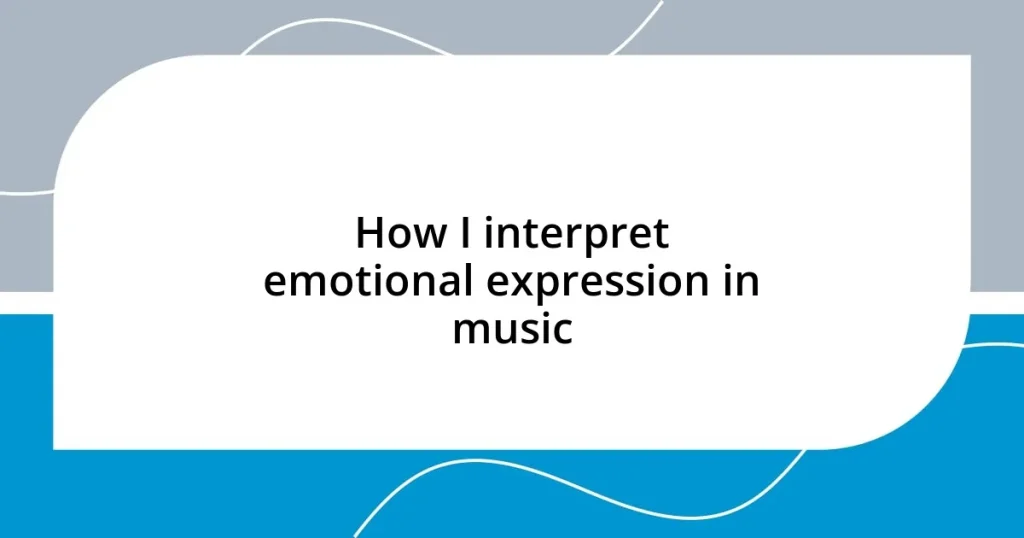My favorite tools for music analysis
Key takeaways: Music analysis tools enhance listening skills, creativity, and technical understanding, fostering deeper emotional connections to music. User-friendliness and community support are crucial when selecting music analysis software to…























